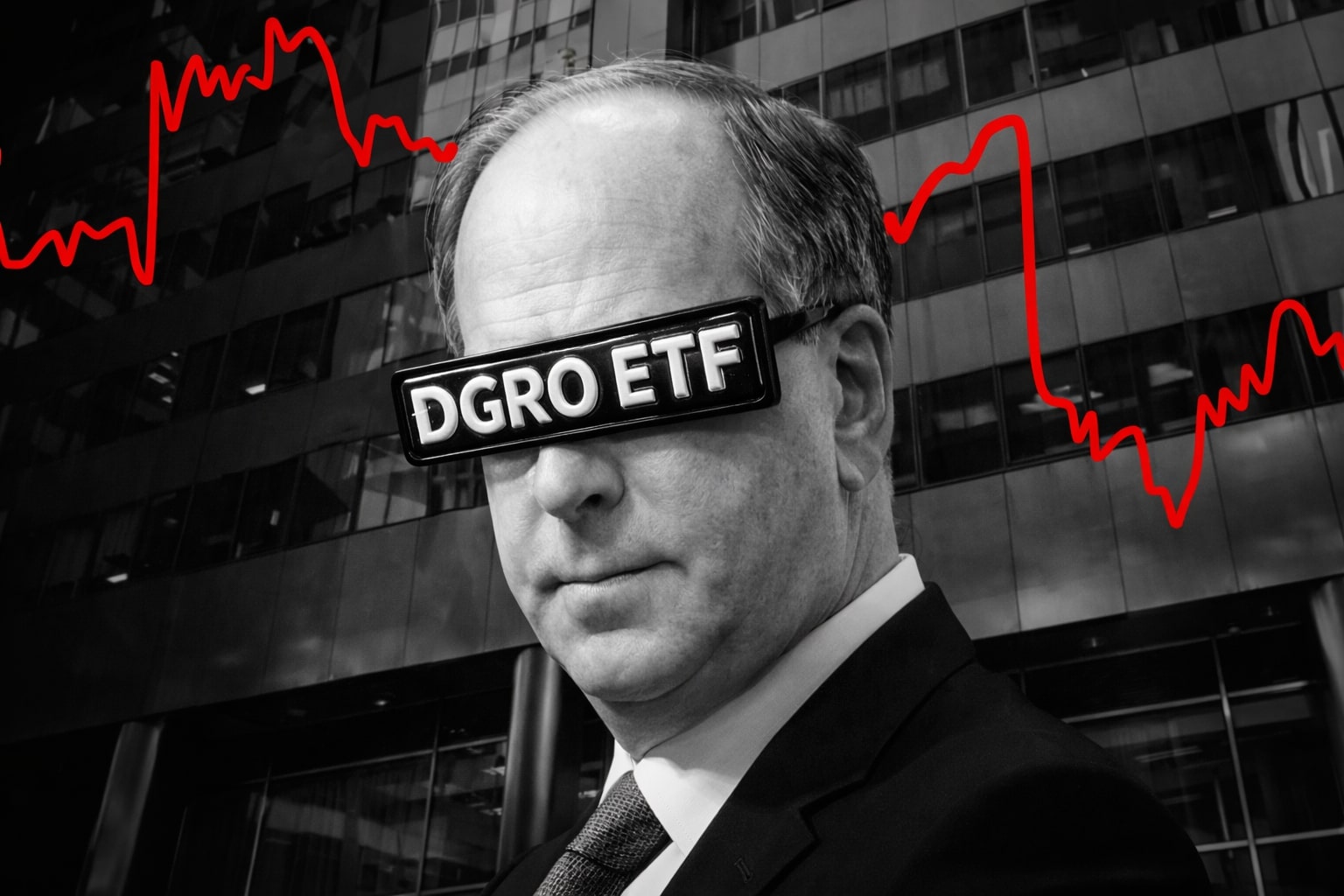
Bitcoin Drops Below $100K After U.S. Strikes: Key Support Tested, Institutions Accumulate
BTC-USD tumbles to $98,200 amid war headlines, liquidations top $656M. Strategy and MetaPlanet add to holdings as traders watch $97K defense zone | That's TradingNEWS
Bitcoin Slides Amid Geopolitical Chaos: Critical Levels, Liquidations, and Institutional Buys Shape BTC-USD Outlook
BTC-USD Recoils Toward $98,200 After U.S. Strikes: Key Levels Under Pressure
The price of Bitcoin (BTC-USD) collapsed to a six-week low of $98,200 over the weekend following U.S. airstrikes on Iranian nuclear facilities—namely Fordow, Natanz, and Isfahan. Triggered by Operation Midnight Hammer and announced directly by President Trump, the strikes escalated geopolitical tensions, prompting risk aversion across markets. Bitcoin’s selloff was swift, breaking below the psychologically crucial $100,000 mark before rebounding modestly to around $101,800 by Monday morning.
This geopolitical fallout occurred just days after BTC had flirted with $109,000, highlighting the asset’s sensitivity to sudden shifts in global stability. Despite the price’s partial recovery, weekend volatility erased weeks of gradual gains, pushing Bitcoin toward its lowest weekly close since early May.
Mass Liquidations Wipe Out $656M: Sentiment Turns Risk-Off
Over the 24 hours following the U.S. military action, $656.12 million in crypto positions were liquidated, according to CoinGlass data. Bitcoin alone accounted for the largest portion, with over 187,000 traders affected. The single largest liquidation—valued at $35.45 million—occurred on HTX in the BTC-USDT pair. This wave of forced selling intensified downside pressure and underscored how overleveraged long positions left the market vulnerable to macro shocks.
The liquidation heatmap shows a heavy cluster of stop-outs and liquidation zones between $98,500 and $101,000, aligning with real-time order book data that highlighted massive bid liquidity near $97,000. That level is now being watched as a potential line of defense in the event of another wave of panic selling.
Descending Channel Forms: Technical Structure Turns Bearish
Since peaking above $112,000 in late May, Bitcoin has been trapped in a descending channel, now moving toward its lower trendline support. Technically, the $100,000 level forms a dual role—serving as both a major psychological threshold and a structural boundary within the consolidation zone that’s been active since early May.
The 50-day EMA is currently parked just above the market at $102,968, and the volume Point of Control (POC) sits near $103,800, establishing a resistance cluster that bulls must clear to reverse momentum. Failure to regain this band could send BTC back toward the $92,000 area, which coincides with the horizontal support zone formed by prior volume and price action from Q1 2025.
Key Support Zones: $97K and $92K
The immediate area of interest is $97,000, where order book liquidity is most dense. Should the market fail to hold this level, the next significant support sits at $92,000, a level that intersects with the lower boundary of the descending channel and prior accumulation zones dating back to March.
Short-term momentum indicators point toward ongoing downside risk. The RSI on the daily chart hovers around 39, just above oversold territory but well below its neutral 50 threshold. Meanwhile, the MACD remains in bearish crossover mode, with rising red histogram bars, signaling building negative momentum.
Upside Resistance: $103.8K and $109.5K
For Bitcoin to regain bullish control, the market must reclaim the $103,800 zone, which aligns with the CME weekend gap and also corresponds to high-volume nodes on both Binance and Coinbase Pro. A successful daily close above that level could clear the path toward $109,588, representing the high point from early June and the upper trendline of the descending structure.
However, price rejection at the lower resistance bands near $102,942–$103,800 would likely result in a retest of Sunday’s low. Failure to hold $98,200 would open the door for a sharper correction toward $93,000–$94,000, a region flagged by high-volume traders including Cas Abbe.
Institutional Activity: Strategy and MetaPlanet Double Down
Despite weekend losses, institutions remain net accumulators. MicroStrategy successor Strategy, led by Bitcoin maximalist Michael Saylor, purchased 245 BTC for $26 million, averaging $105,856 per coin. This boosts Strategy’s total holdings to 592,345 BTC, valued at approximately $41.87 billion, with a blended cost basis of $70,681 per unit.
Separately, Japanese investment firm MetaPlanet added 1,111 BTC, bringing its total reserve to 11,111 BTC. The timing—executed as BTC dipped below $100,000—suggests confidence that the downside move is temporary, and institutions are treating it as a re-entry opportunity rather than a structural break in trend.
Geopolitical Impact: Containment vs. Contagion
The market is treating the U.S. strike and Iran’s response with caution, but not panic. Iran’s missile attacks on Israeli cities and threats to U.S. military bases raised short-term fears, but subsequent diplomacy—including a visit by Iran’s foreign minister to Moscow and Trump’s signal of no immediate further strikes—cooled escalation odds. Gold, after spiking to $3,398, reversed back to $3,374, while oil trimmed gains to a 0.5% uptick—indicating traders expect a contained conflict, not an open-ended regional war.
BTC mirrored that behavior: initially plunging on fear, then recovering as risk appetite clawed back. According to Pav Hundal of Swyftx, “The initial sell-off reflects crypto’s volatile DNA, but volume is now elevated, and any signs of geopolitical softening could trigger a rebound.”
Sentiment and Historical Analogies: 2022 vs. 2025
Several traders pointed to 2022, when Bitcoin rallied +42% in just over a month following the onset of the Ukraine war, despite being in a bear market. With BTC now trading above $100,000 in 2025, bulls argue the current environment is structurally different—supported by ETF inflows, high institutional exposure, and stronger liquidity infrastructure.
That said, the volatility profile remains. Historical price action shows that BTC has used conflict headlines as both a crash trigger and a springboard, depending on broader sentiment.
CME Gap and Price Mechanics: Bulls Must Regain $103K
BTC futures on CME show a gap between $101,705 and $103,365, created during the weekend drop. These gaps are typically filled before directional conviction resumes. Traders now expect BTC to fill the gap and potentially test $103.8K, which aligns with both the 50-day EMA and volume POC. A failure to break that level may validate a continuation toward the descending support line near $92,000.
Verdict: HOLD BTC-USD with Caution, Buy Dips into $97K–$94K Zone if Support Holds
The setup remains structurally neutral to bearish in the short term, with major risk concentrated around geopolitical headlines. While institutional accumulation continues and technical setups suggest oversold conditions, the failure to hold above $100,000 undermines momentum. A move below $97K would open $92K fast.
Buy: If BTC dips into $94K territory with holding volume and RSI divergence.
Hold: As long as BTC trades between $97K–$103K, range conditions apply.
Sell: On failure to hold $97K, targeting $92K and re-evaluate from there.
Upside breakout confirmation only arrives above $103,800. Until then, Bitcoin remains in the hands of macro headlines and liquidity risk.
That's TradingNEWS
Read More
-
DGRO ETF Price: Is DGRO at $69.17 Still the Better Dividend-Growth Bet?
17.12.2025 · TradingNEWS ArchiveStocks
-
XRP Price Stuck Below $2 As XRPI at $10.74 and XRPR at $15.26 Ride $1B+ ETF Inflows
17.12.2025 · TradingNEWS ArchiveCrypto
-
Natural Gas Price Forecast - NG=F Steady Near $4 as TTF Jumps on Colder Forecasts and LNG Outage Risk
17.12.2025 · TradingNEWS ArchiveCommodities
-
USD/JPY Price Forecast: USDJPY=X 155.50 Pivot Before BoJ Hike and US CPI
17.12.2025 · TradingNEWS ArchiveForex

















